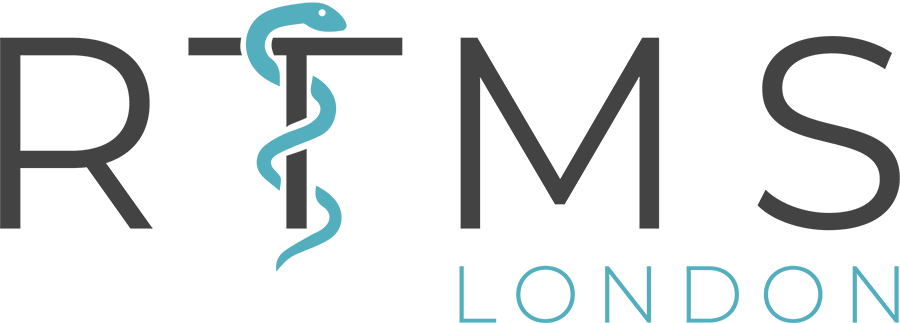
Achilles Tendinopathy
Achilles tendinopathy is the name for an injury to the tendon that connects the muscles of the calf to the heel bone. It is a common injury among sports people, and can severely limit a person’s ability to push off from the foot of the affected side. It is often described as an “overuse injury”, as it frequently occurs after a sudden increase in activity, and although Achilles tendinopathy generally comes on gradually, there are occasions where it can be caused by an acute injury to the area.

The following symptoms are typical of an Achilles tendinopathy:
- Pain when loading the tendon (running, jumping, standing on tip-toes)
- Swelling or thickening of the tendon
- Tenderness around the back of the heel
- Stiffness in the morning or after a period of rest
Why current treatments fail
Rest – Although it is useful to temporarily reduce activities that irritate the tendon, complete rest is not helpful. The result of prolonged rest is a loss of strength in the muscle and tendon, which can actually increase your risk of further injury to the area.
Anti-inflammatory medications – Inflammation is the body’s way of healing an injury, so restricting this system through medications such as ibuprofen can actually slow down the healing process. Non anti-inflammatory painkillers such as paracetamol can be helpful in the early stages, but should not be used long-term if possible.
Massage – A tendon is composed of small, individual fibres which usually run parallel to one another. A tendinopathy is characterised by a disorganisation of these fibres, resulting in poor function of the overall tendon. Although massage can feel nice and help to reduce pain temporarily, without tackling the underlying cause, the effectiveness will be limited.
Exercise – Rehabilitation forms the backbone of most tendinopathy treatment, and evidence shows that it is often very effective. However, if any underlying neuromuscular control issues in the foot/ankle complex are not resolved first, the likelihood of the injury reoccurring can be high.

Our solution
As the first clinic in the U.K to offer Magnetic Shockwave Therapy, we are in a unique position to be able to resolve musculoskeletal injuries. This ground-breaking treatment uses electromagnetic pulses to target the nerves deep within the body, helping to reduce pain and speed up recovery. Our expert team will work with you to create a treatment plan that gets you back up and running as quickly as possible.

How it works
MST is simple and painless, with both immediate and long-term effects on the injured body part, as well as the nervous system. These benefits are created through a number of mechanisms:
- Reducing pain – Pain is a complex sensation that is produced by the brain and nervous system in order to protect the body from a perceived threat. Although very useful in the short term, this protective mechanism can eventually become problematic. MST interacts directly with the nervous system and brain, helping to calm down this pain response in order to allow movement and rehabilitation work to begin.
- Blood flow – Tendons take longer to heal than muscles, and a big part of the reason for this is the fact that they have far less blood supply to them. MST helps this issue by causing rhythmic contractions of the surrounding tissues, helping to encourage blood flow to the area.
- Neuromuscular control – The human body is incredibly adaptable, changing movement patterns in the whole body in order to protect an injury.
Unfortunately, these adaptations can sometimes continue even after the injury has healed. MST promotes something called neuroplasticity – the nervous system’s ability to remodel itself – which, alongside appropriate strength and motor control work, can help to restore the function of a body part to its pre-injured state (or maybe even better!)
Our team love helping people get back to doing what they love, and won’t rest until an excellent outcome has been achieved. If you have any questions about whether MST would be appropriate for you, please do not hesitate to get in touch.
.
Get in touch
